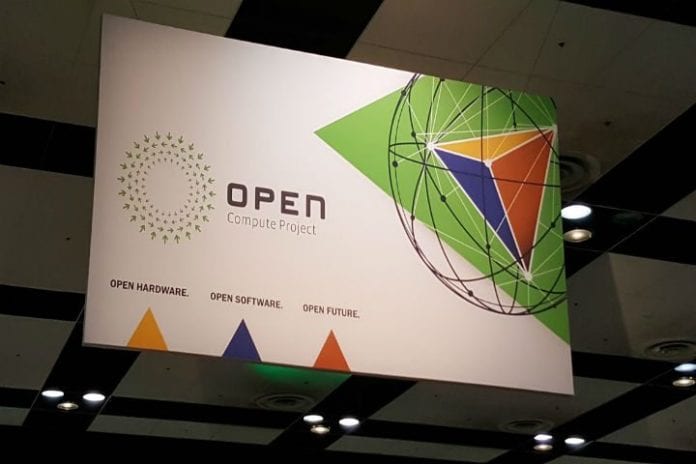A complete software- and cloud-based reorganization of how telecom networks are constructed and operated is needed to meet 5G and IoT demands.
SANTA CLARA, California – Latency and a business model were cited as two significant overhangs to the telecommunication industry’s move towards next-generation mobile networks, currently under the guise of “5G” technology, during an executive track discussion at this week’s Open Compute Project U.S. Summit.
Those topics were emphasized by Said Berrahil, VP of CIMS and telco cloud infrastructure at Nokia, during his discussion, with a significant reduction in network latency noted as being critical in supporting what are expected to be core 5G use cases, and the challenge of finding a business model viewed as a significant hurdle.
Berrahil explained that today’s telco cloud deployments are designed to support network services with 100 milliseconds of latency, a maximum of 10 megabits per second of throughput, and no more than 10 billion devices that cost up to $1,000 each and with a battery life of one day. For tomorrow’s network, Berrahil said the telco cloud will need to provide latency of no more than one millisecond, support network speeds in excess of 10 gigabits per second, and host up to 1 trillion devices that cost $1 each.
In order to meet the latency requirements for 5G and internet of things, Berrahil said the telecommunications space would need to significantly bolster today’s centralized data center approach with edge data centers and mobile edge computing.
As an example, Berrahil said the 100-millisecond latency expected from today’s networks can be served by a cloud data center up to 10,000 kilometers away from the end user. However, when looking to push latency down to four millisecond, the support cloud data center needed to be no more than 30 kilometers away, while services in need of latency less than one millisecond would require MEC deployments almost within eyesight.
“Latency matters and latency changes the network,” Berrahil said.
For the telecom space to meet those requirements, Berrahil said it would likely need architecture with a centralized data center housing hundreds of OCP-based racks, which were in turn connected to edge data centers housing tens of OCP-based racks each, which were in turn connected to MEC deployments housing individual OCP-based racks.
Beyond the deployment challenges, Berrahil said the telecommunications space would need to be willing to accept new business models and a new way of thinking in order to support the operation of these new networks and their accompanying services. This includes a tighter embrace of open source platforms that can use scale to help drive down costs and increase efficiencies.
“Today’s network is not allowing the business model to work with these new use cases, Berrahil explained. “Everyone likes to pretend they like open source in telecom, but it requires a total mindset.”
This also applies to telecom vendors, with Berrahil admitting companies like Nokia can no longer dictate what equipment or platforms a carrier needs.
“In order to succeed we need to embrace, understand and contribute to the open source community,” Berrahil added.
Bored? Why not follow me on Twitter.

